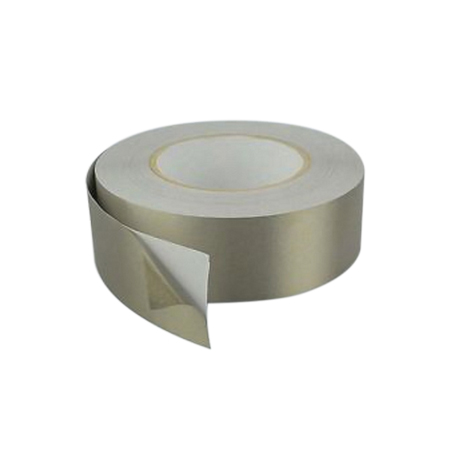ለሞቱ የተቆረጡ ቁሳቁሶች የተለመዱ የፍተሻ ደረጃዎች
xinstሐምሌ 08 ቀን 2020 ዓ.ም.
በሞት-መቁረጥ ምርት ውስጥ የሞት-መቁረጫ ቁሳቁሶች ምርጫ በቀጥታ ከሟች ምርቶች ጥራት ጋር ይዛመዳል ፡፡ ለእያንዳንዱ የሞት መቁረጫ ፋብሪካ የሟች ቁሳቁሶች ቁመና ፣ ጥራት ፣ ቁሳቁስ እና አሟሟት-የመቁረጥ ዘዴዎች በሟች የመቁረጥ ሂደት ውስጥ አላስፈላጊ ኪሳራ እና ብክነትን ለመቀነስ ፣ የመቁረጥ ቅልጥፍናን እና ምርትን ያሻሽላሉ ፡፡ .
Before the die-cut production, we often make a preliminary judgment on whether the product is qualified and usable. The following editors will summarize the appearance inspection standards of some common die-cut materials (conductive cloth, adhesive, double-sided adhesive, foam, metal foil) with you.
The conductive cloth is made of fiber cloth (generally commonly used polyester fiber cloth) as the base material, and after pre-treatment, electroplated metal plating is applied to make it have metal characteristics and become conductive fiber cloth.

Adhesive:
Adhesive refers to the use of stickers on the back of the object to achieve the effect of fixing and bonding.
ባለ ሁለት ጎን ቴፕ-
Double-sided adhesive is a roll-shaped adhesive tape made of paper, cloth, plastic film as a substrate, and then evenly coating an elastomer-type pressure-sensitive adhesive or a resin-type pressure-sensitive adhesive on the above-mentioned substrate. , Release paper (film) or silicone oil paper.
Foam:
Foam is a material foamed by plastic particles, referred to as foam.
Metal foil:
The metal foil is a thin metal sheet expanded from metal.
The above listed are just some common methods, and the above die cutting materials are also more common. Other inspection standards for the appearance of die-cut materials should be based on the different characteristics of the material


